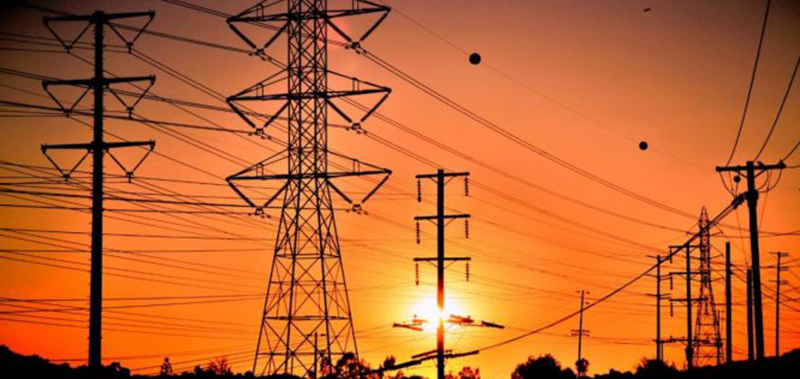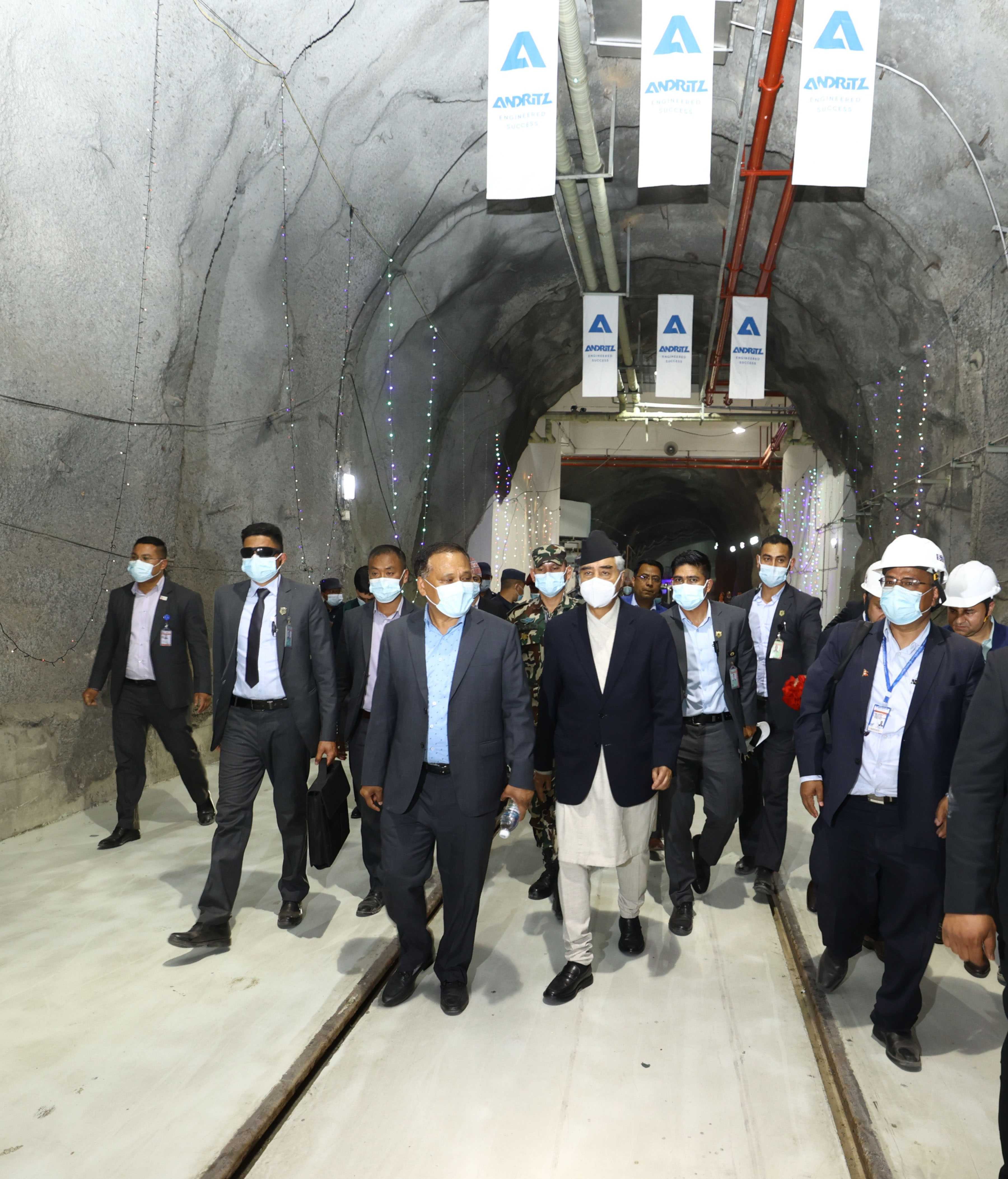Energy Update
Power shortage in India hits supply to Nepal. Firms in east face outages

Nepal’s reliance on India for electricity has continued even as the country has been exploring options to export power to the southern neighbour.
But lately, supply from the south has stopped during the night, leading to disruption of power to industrial firms in certain regions.

Officials said that despite quoting higher prices, the Nepal Electricity Authority has not been able to buy electricity, particularly during the night when demands in India surge while there has not been enough supply in India’s power exchange market.
Nepal meets most of its power deficit from the electricity purchased from India's power exchange market.

Though Nepal has been exploring options to export its surplus energy during the wet season, the country relies on imports from India for more than half of the energy needs during the dry season (mid-December-mid April) when water levels decrease in the country’s rivers which propel hydropower plants.
Most of the hydropower projects in the country are run-of-the-river type which can produce only 30-40 percent of their installed capacity during the dry season.
“We receive little power in the daytime from India but we have not been able to buy electricity in the night for weeks,” said Suresh Bhattarai, spokesperson for the NEA. “Because of the power shortage in India at night, we have not been able to buy.”
According to him, there is no supply of electricity from India to Nepal from as early as 6-7pm. In late March, India discontinued supplying electricity during the night—from 6pm to 6am. The southern neighbour has stopped providing electricity at fixed rate from Tanakpur since mid-February as well.
Because of the shortage of coal amid its skyrocketing prices in the wake of the Russia-Ukraine war, coal-powered energy plants in India have been shut leading to supply shortage.
Coal accounts for nearly 75 percent of India’s power output. Several Indian states have started imposing load-shedding amid rising demand for power. The demand has increased also because of the summer heat that prompts people to switch their air conditioners and fans on.
According to a Reuters report last week, India is likely to face more power cuts this year as utilities' coal inventories are at the lowest pre-summer levels in at least nine years and electricity demand is expected to rise at the fastest pace in at least 38 years.
According to the NEA, the domestic power output stands at around 850MW while peak hour power demand in the country is around 1,700MW.
“As we have not been able to secure enough electricity from India, we have been unable to supply electricity round-the-clock to certain industrial areas,” said Bhattarai. “However, all industrial firms are getting power for at least 15-16 hours a day. When we cannot supply enough electricity, we ask factories not to operate in full capacity.”
Factories operating in the Morang-Sunsari Industrial Corridor have been facing power cuts at night lately.
Suyesh Pyakurel, president of Chamber of Industries Morang, told the Post that factories in the Morang-Sunsari Industrial Corridor have been facing up to 12 hours of power cuts for the last five days.
“Though the NEA had resumed power supply after Prime Minister Sher Bahadur Deuba returned from India, we are again facing power cuts,” said Pyakurel.
Earlier in late March, factories in the region were forced to face power cuts up to 14 hours a day for around a week.
“All small, medium and large industrial firms have been forced to shut down operations due to power cuts,” said Pyakurel. “Manufacturing firms related to cement, plastics, iron and steel among others have been affected by power cuts.”
According to the NEA, it has been facing twin challenges to ensure regular power supply in the country.
“Firstly, we have not been able to buy electricity from India despite quoting the highest prices within the ceiling set by the Indian authorities,” said Bhattarai. “Secondly, water levels that had started to rise in Nepal’s river in early April, have started to recede again, affecting the domestic power production.”
Since April 1, India’s Central Electricity Regulatory Commission directed Indian power exchanges not to accept bids of over INR 12 per unit arguing that it had to intervene as supply did not improve despite soaring prices of electricity. Earlier, such a maximum price ceiling was INR 20 per unit.
However, NEA officials say that despite the immediate power crisis, Nepal should not deviate from the policy of increasing the use of electricity in the country and exporting surplus power.
“It is a temporary crisis which has led to closure of factories also in India and China,” Kul Man Ghising, managing director of the NEA, told the Post. “There has been a substantial increase in power demand at home and we are also trying to export more energy to India because we will have surplus energy of 400-500MW in the upcoming wet season (mid April to mid-December).”
Experts say that rising fuel prices across the globe and power shortages should be a wake-up call for Nepal to reduce its reliance on imported fuel and electricity.
“We have to develop storage type projects including the Budhi Gandaki Hydropower Project to ensure that we do not face power crisis even in the dry season,” Ram Prasad Dhital, a former board member of the Electricity Regulatory Commission, told the Post.
Conversation
- Info. Dept. Reg. No. : 254/073/74
- Telephone : +977-1-5321303
- Email : [email protected]













